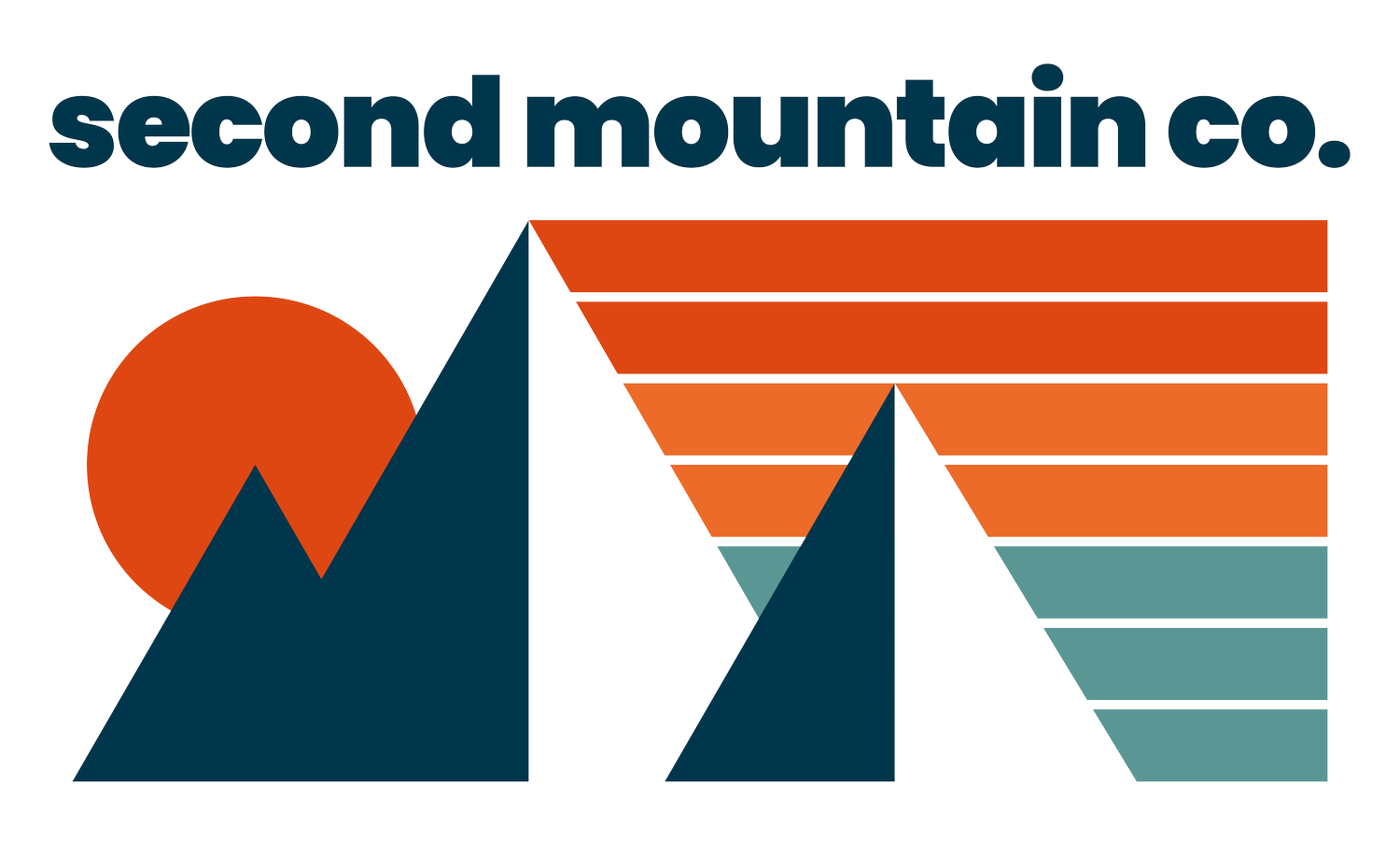The Limbs of Yoga: Postures
Now the twin peaks of the yamas and niyamas are climbed, we turn to the next arm of Patanjali’s eight limbs. Asanas are the postures practised in yoga, the physical activity which the majority of people in the West recognise as yoga. Asana needs to be put in the context of where yoga came from, and what it was designed to do to help you to understand where they fit in your good hustle. In India, asana was a practice to gain flexibility and strength to prepare the body for long hours of sitting in meditation. Yoga was principally undertaken by men. This is in strong contrast to how it has been adopted in the West where around 80 per cent of participants are women.
When yoga was brought to the West, it was recognised by the early Indian teachers that our culture had no established programs of meditation or mind control. The ashtanga system with its focus on stillness, breathing and meditation was recognised as being initially very difficult for Westerners to grasp with our untrained minds. In a highly physical culture, the asana aspect was the obvious one to teach, and so it became the symbol of yoga. Many Western practitioners saw the benefits of the asana practice and continued to pursue the wisdom of yoga through its other limbs. The perceived cultural barriers of the Sutras, however, mean that yoga as a physical practice dominates, along with the secular hybridised versions that have evolved in gyms and elsewhere.
Most of us in the West would have met yoga through the postures, and probably had many teachers who never made the bigger spiritual connection with the other parts of the Sutras in which the asanas are found. Much like there is a tendency to see yoga as an asana practice, there is also a strong tendency in Western cultures to view the body as who we are and strongly identify the physical as the ‘real’ self.
Understanding the body as a solid and permanent feature of our identities strongly roots our attachment to the physical and aesthetic aspects of who we are as essential and unchanging. Our bodies become our business cards; judgement, criticism and a relentless, punishing life of trying to conform ensues. At each interaction with other bodies we compare and contrast, continually holding ourselves separate to everyone else. We identify in our differences, and in our lack.
Our approach to our bodies and their differences is particularly human in our classifications and judgements. We would never walk into a forest and look across the trees and say ‘that one is too tall, that one too short, that one has too much bark and not enough leaves up top’. We simply accept and delight in the vast diversity that nature offers in all her plants and beings. Your body is a similar offering. It is your instrument of movement, mind and action, nothing more. You need to keep it in the shape and form it needs to work properly over a lifetime, without overindulgence or abandonment. Just regular scheduled maintenance. And you need to love each of the other bodies as you walk through the forest of our worlds.
Asana has a valuable place in our yogic and good hustle practice, and can definitely be the salve that begins to soften and heal our approach to ourselves. As a tool for healing and therapy, the benefits of a yoga practice have been proven comprehensively. Interestingly, one of the reasons asana works in the process of healing both physically and emotionally is that it gets us out of our heads and into a physical practice.
The concentration required to harmonise the breath and the body (in theory) leave little room for distractions by the mind. By integrating the body and the breath in a practice that leaves participants feeling a sense of peace and union, the body can take on the role of healer and nurturer, rather than engage in a bloody battle with the mind. As B.K.S. Iyengar says, ‘Health begins with firmness in the body, deepens to emotional stability, then leads to intellectual clarity, wisdom and finally the unveiling of the soul.’
Time spent on the mat is not peripheral to our minds. As our bodies work through the combinations of muscle stretching and breath work we are engaged in a quest for the integration of our most precious tools. Through yoga asana practice, especially in the early years when our bodies are not the graceful origami of veteran yogis and are more like piles of pick-up sticks wobbling around, yoga challenges our perceived barriers. When we see certain postures in yoga, or attempt them, we are certain that we will never be able to attain the shape our body is required to get into. Until one day we realise that our muscles are longer, our balance solid, our reach further, and we are suddenly there, at the place that once seemed impossible.
Asana is the physical expression of how we master ourselves and conquers limiting self belief, proving that over time we can do the things we believed were impossible. Your yogic moment for this week is to undertake some yoga as a total novice, no matter what your practice. Take time to be with your body, your inner chatter, your expectations of yourself. And then, dedicate it all to your own divinity, waiting within.

